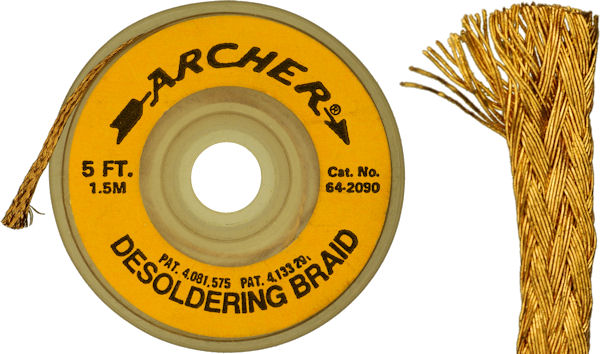Commander Fluffypants
Well-known member
I'm having trouble getting solder to stick to two wires that I'm attempting to solder to a board (the meter board of my 1176; the wires in positions 3 and 4 that go to 28 and 29 on the main pcb.) I already had wires in there, but they were a bit short, so I removed them and twisted up a new longer pair. To further complicate my situation, one of them is solid core. I was having a hard time getting the solder to work on the solid core wire. The solder always stayed with the iron. Then I noticed I was having the same issue with the stranded wire. While I'm new to DIY, I've managed to build a few things by now and have never had this problem, at least not to this extent. My only guess is that something about desoldering the old wires is what's making it difficult now. Perhaps I need to use some flux other than what's in my solder? Are the pads on the meter board in need of some treatment or cleaning?
Thanks as always
Thanks as always





